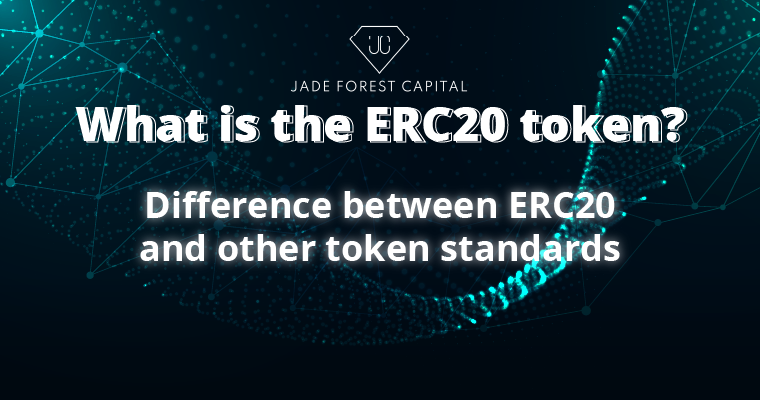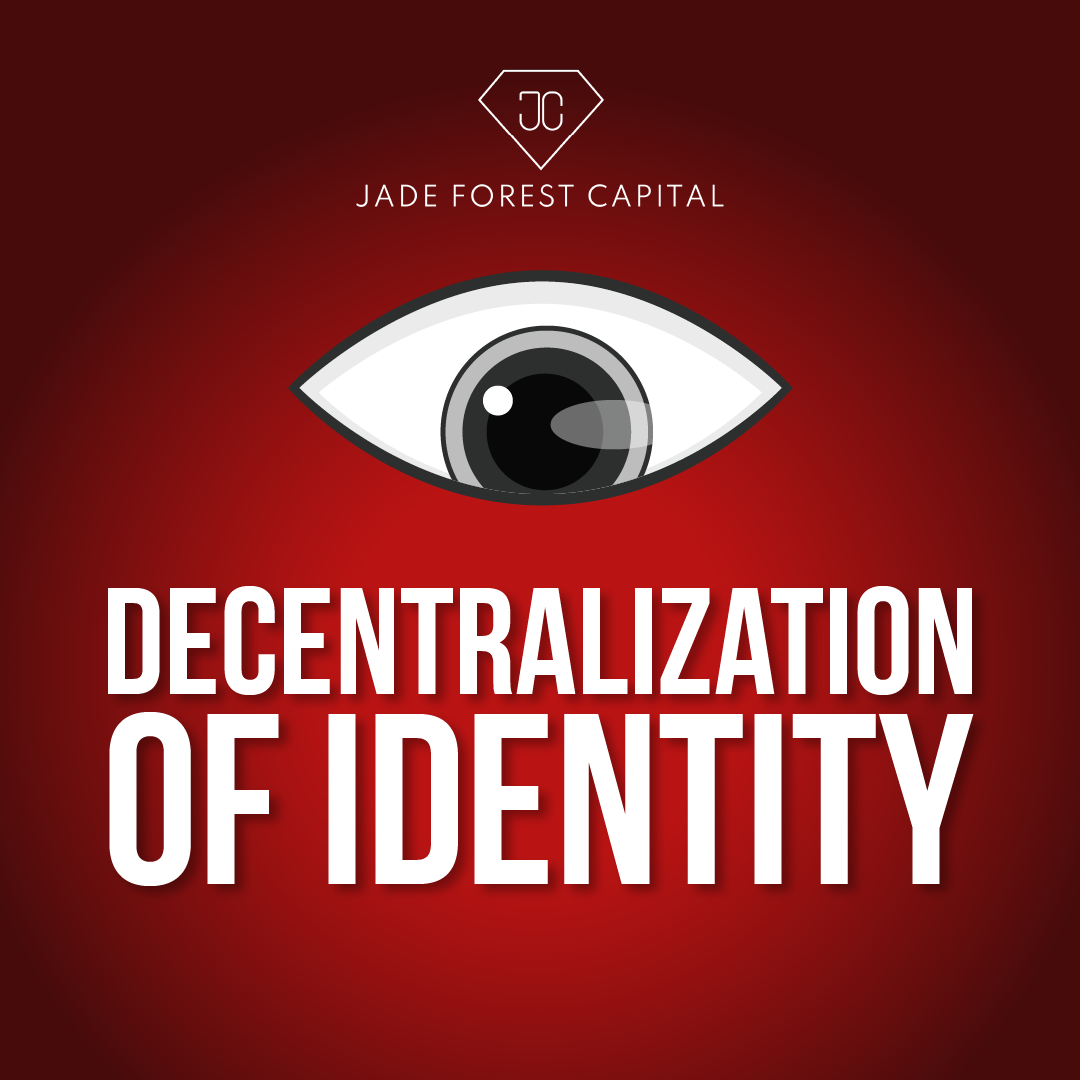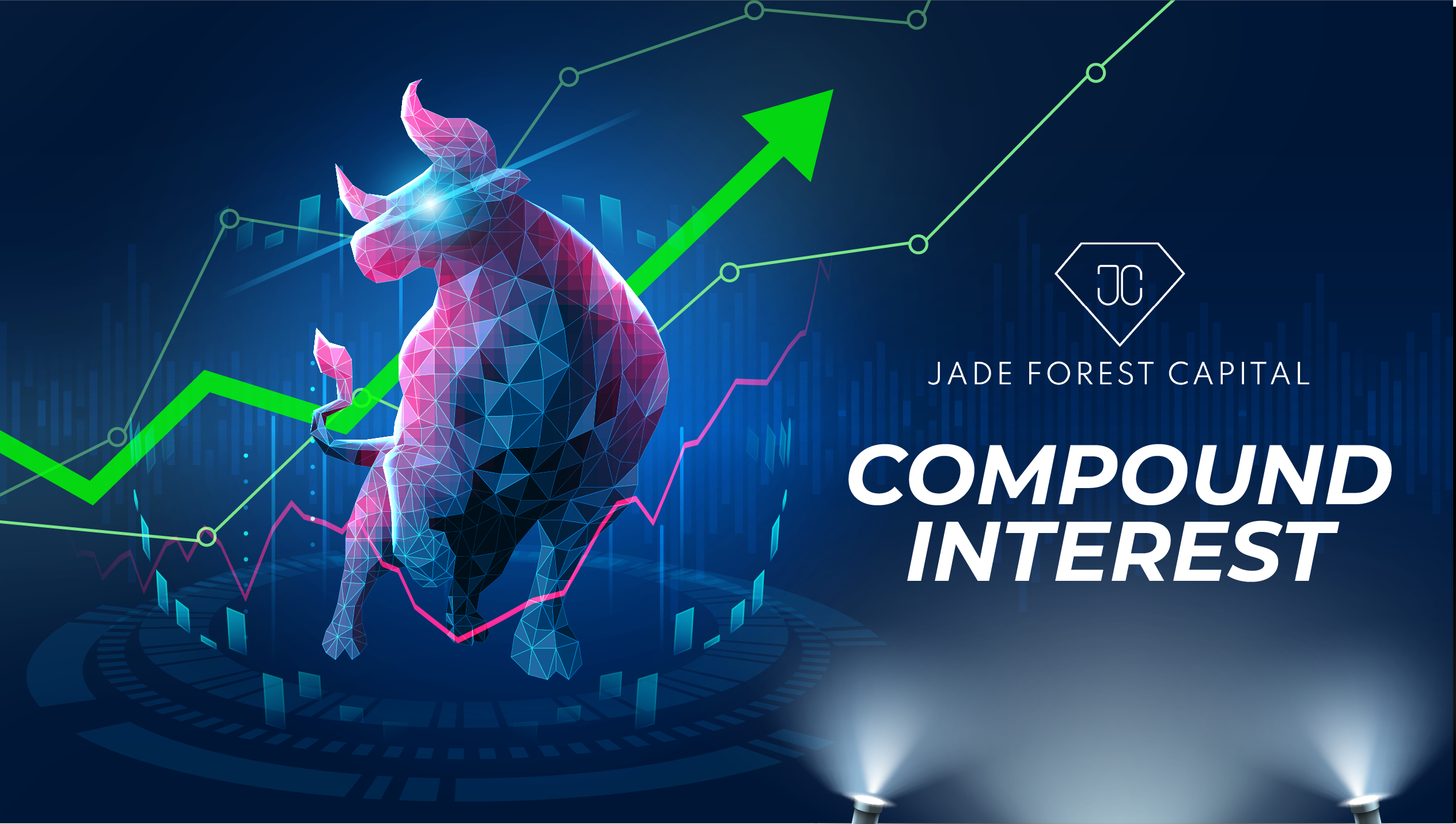Knowledge is essential for investors while investing in the crypto market. Especially, ERC20 token is a must-have that newbies should get to know before investing in this sector. So, what exactly is the ERC20 token? Is it the name of the project’s token or something more general? Let’s learn about it with Jade Forest Capital.
ERC20 and its standards
Before delving into the ERC20 terminology, it’s crucial to distinguish several fundamental concepts in the cryptocurrency market.
- Coin: a cryptocurrency developed by Layer1 blockchains to pay gas fees or to be utilized in that blockchain’s operations. For example, BTC, BCH, ETH, LTC, etc.
- Token: a cryptocurrency that is generated by a smart contract. Its operation must be dependent on the blockchain on which it was built. For example, USDT, Dai, Maker (on Ethereum platform), etc.
- Altcoin: the common name for all currencies different from Bitcoin.
- Stablecoin: It is also a token. However, its value is not volatile thanks to the smart contract mechanism, creating a long-term solution to sustain tokens’ value such as the system that ensures them by fiat, gold, silver, etc., or algorithmic mechanisms.
ERC20 (Ethereum Request for Comment) is the name of a set of standards that tokens created on the Ethereum blockchain platform must complete. To develop tokens on the Ethereum platform, smart contracts must be built. Moreover, these smart contracts must be programmed according to the ERC20 standards.
The ERC20 standard was initially proposed by developer Fabian Vogelsteller on November 19, 2015. Then, in 2017, ERC became more widely known when ICO projects began to explode at that time, and now the ERC20 standard has become more and more well-known.
ERC20 standards: There are 9 standards, of which 3 are optional and 6 are required. As follow:
Customizable standards
- Token name: name of tokens. For illustration, Marker.
- Symbol: symbol of token or token code. For example, the symbol of Maker is MK.
- Decimals: decimals (up to 18), specifying the number of decimals places in the token unit. The decimals of MKR is 18, which means that the smallest unit of MRK is 0.000000000000000001 MKR.
Compulsory standards
- Total Supply: Full supply, total volume of tokens that can be created. For example, the total supply of MRK is 1,005,557 MKR.
- Balance: Balance of the token that an account or wallet has.
- Transfer: transfer to account, transfer tokens from your wallet to another user’s wallet by providing the recipient’s wallet address and the number of tokens you want to transfer.
- Transfer from: transfer from a particular account to another. This rule is quite equivalent to transfer but more useful. Users can authorize someone to transfer the tokens on your behalf.
- Approve: reconcile the transaction and restrict the amount of tokens withdrawing from users’ wallet. This rule helps users avoid the dangers of contractual errors and theft of all tokens in their wallet.
- Allowance: allows users to check their balance. In case you give permission to a wallet address to manage your tokens, when you use the function allowance, you can check the withdrawable balance and the remaining balance will be returned to your wallet.
What is ERC20 token? How to distinguish ERC20 tokens from other tokens?
ERC20 Token – Source: Internet
At this point, you can easily come up with the concept of the ERC20 token. ERC20 tokens simply are tokens developed on the Ethereum blockchain platform and are compliant with the ERC standards.
Currently, there are thousands of ERC20 tokens listed on CoinMarketCap, some of which may be listed as UNI, CRV, AAVE, LINK, etc.
Distinguish ERC20 tokens from other tokens
Here are some attributes of ERC20 tokens that can be distinguished from other tokens:
Wallet address: ERC20 token wallet addresses always always start with “0x”. There are forty hexadecimal characters (such as digits up to 9 and letters a to f, regardless lowercase or capitalization).
An example of an ERC20 token wallet address: 0x40664B048192cADd08Af2ED88cC36911fF3681C3
Also, as the operation of ERC20 tokens is often tied to the Ethereum platform, ERC20 token wallet address is also the ETH wallet address. Assuming you have a wallet storing ETH, other ERC20 tokens that you are about to buy can also be deposited to this wallet.
Transaction fee: Not only with ERC20 tokens but with all other tokens, when you transfer tokens to another wallet, there will be a transaction fee. This charge will depend on the native platforms.
Processing time: the transaction processing speed related to ERC20 tokens will be different from other tokens, depending on the network on which they are created.
High security: the ERC20 standard is implemented on smart contracts, so it will guarantee the security of users’ transactions. In the event that users enter the wrong wallet address, the system will immediately report an error and then the volume of users’ token is preserved.
What can ERC20 tokens do?
A significant element of ERC20 token’ attractiveness is its versatility as the established conventions do not restrict growth, so parties can build supplemental features and set particular parameters to meet their requirement.
Stablecoin
Stablecoins (fiat-pegged tokens) normally use the ERC20 token standard. Trading with the BUSD contract is an illustration. Most of stablecoins we know also use this format.
For a fiat-pegged stablecoin, the issuer holds an amount in euros, dollars, etc. Then, in the storage, they develop a token. This implies that if $10,000 is blocked, the issuer can make 10,000 tokens, of which each token can be redeemed for $1.
Technically, this can be carried out easily on Ethereum. The issuer only needs to launch a contract with 10,000 tokens. They will then distribute them to customers with the guarantee that they can later exchange the tokens for a corresponding volume of fiat.
Owing tokens, users can purchase goods and services or use them in DApps. Additionally, they can request the issuer to exchange tokens for actual dollars. In that situation, the issuer burns the returned tokens (making them unusable) and withdraws the precise volume of fiat from its storages.
As mentioned above, the contract governing this system is created relatively uncomplicated. However, launching a stablecoin is not just that. It also needs numerous tasks such as logistics, regulatory compliance, etc.
Security Token
Security tokens – Source: crypto.com
Security tokens are equivalent to stablecoins. Contractually, the two tokens appear precisely alike because they operate the similar way. The variation takes place at the issuer’s degree. Security tokens represent securities, bonds or tangible assets. Usually (though not always), tokens of this kind grant holders some sort of stake in an enterprise or commodity.
Utility Token
Utility tokens – Source: crypto.com
Utility token is probably the most popular token. Unlike the prior two, they are not backed by any assets. If other tokens are backed by assets like stocks, utility tokens are like flyers: they serve a function but have no external worth. Utility tokens can be utilized for various purposes, such as serving as in-game currency, fuel for decentralized applications, loyalty points and so on.
Pros and cons of ERC20 tokens
The issuance of any coin or token brings some meaning to the ongoing projects. The market will continue to grow, thus it is inevitable that the token will develop as well. The subsequent tokens will solve more problems than the prior tokens, creating competition and fostering the growth of the cryptocurrency market. After all, there is yet no perfect coin/token, and new projects will definitely arise in the future.
Pros of ERC20
- High security thanks to features of smart contract
- With substantial applicability, ERC20 tokens are developed for various purposes such as payment, store of value, transaction, currency in games, reward points or cost reduction for customers, etc.
- High popularity: ERC20 tokens are existing on most cryptocurrency exchanges, with high liquidity. Customers can invest in, promote, trade, transfer or acquire at any time.
Cons of ERC20
- There is a delay in the transaction. Due to its popularity, ERC20 tokens have a considerable volume and frequency of transactions. At the peak time, transactions involving ERC20 tokens will be delayed.
- When transacting with ERC20 tokens, users must pay fees.
- There is a danger of scams: due to open source code and its accessibility, producing an ERC20 token is not too difficult. Therefore, some people create tokens with no value and invite investors to participate in unreal projects in order to defraud them. Investors’ contributions to these projects will be taken away without compensation.
- The risk of wallet hacking comes from the smart contract token: after the user obtains the project’s tokens, hackers can break into the user’s personal wallet and take the wallet’s remaining assets.
Other types of ERC standards
Beside the ERC20 token, there are several different tokens for each case and project’s goals. Tokens will have their own standards and operating procedures in order to provide users the best experience or to offer a new feature for tokens to solve specific concerns in the crypto market.
ERC223
The ERC223 standard is designed to ensure the security of token transfers, hence minimizing investor losses. Furthermore, compared to ERC20, ERC223 helps reduce transaction fees.
ERC721
This type of token was created with the idea that is completely against the nature of coins/tokens, which is fungible. This feature, often used in NFT-related projects, means that each coin/token has the same value and is processed equally. For example, all BTC coins are the same, no matter which user’s wallet it is in, or ten $1 bills will be exchanged for the same value as a single $10 bill. In the case of ERC721, the tokens will not be considered the same. Each ERC721 token will have a distinct value that cannot be combined.
ERC1155
It is a combination of both ERC20 and ERC721, as ERC1155 tokens are both fungible and non-fungible.
ERC621
It was designed to add features that can increase or decrease the token supply.
ERC777
It is a more secure version with more advanced features than ERC20. When it comes to dealing with token-related transactions, ERC777 provides numerous options. ERC777 tokens will be compatible with ERC20 tokens in the opposite direction.
In addition, we also have a number of other ERC standards such as ERC827, ERC948, ERC884, etc.
Conclusion
Since the market is constantly developing, both experienced investors and newbies must keep up to date. Through this article, Jade Forest Capital hopes you have a better understanding of ERC20 tokens and its uses in the crypto market. From there, investors can use ERC20 tokens in a variety of ways while minimizing risks in using tokens.


